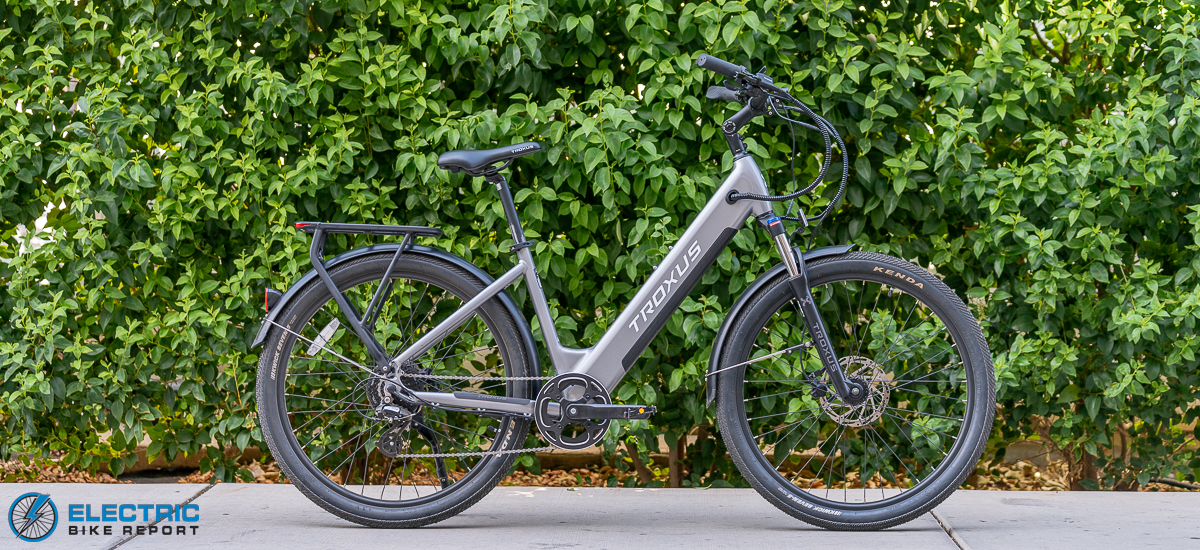This utility e-bike might be small in stature, but it packs a lot of punch, offers a customizable ride, and is surprisingly versatile.

As a former BMX rider, I was stoked when I got my hands on the Troxus Lynx Plus; this mini fat tire e-bike is categorized as a utility bike capable of limited cargo hauling, but its feel and handling reminded me a little of my old Diamondback Assault.
If someone had strapped a rocket to it, that is.
Don’t be fooled by the Lynx Plus’ diminutive size. It’s just as heavy as a full-size fat tire e-bike—and just as powerful. Thanks to its low frame and small 20” wheels, the bike’s 750W hub motor felt extra punchy, giving the bike a playful, spritely character.
I had an absolute blast riding and testing the bike for this review, partially because of the Lynx’s BMX-like ride. Another element was the bike’s ability to switch between torque and cadence sensing modes at the press (or, more accurately, hold) of a button. This allowed me to choose between active pedaling or a more relaxed, low-effort ride.
At the time of writing, we’ve only tested a handful of e-bikes with this ability; in most cases, riders are stuck with one mode or the other. Each has advantages and disadvantages that impact feel and performance, but the Lynx offers the best of both worlds without any of the downsides.
We tested the bike using both riding modes to determine which might be best for certain types of riders. Continue reading our full review below to learn how each impacted the bike’s performance and which sensor mode might be best for how you ride!
[Read more…] about Troxus Lynx Plus 20″ Fat Tire E-Bike Review













